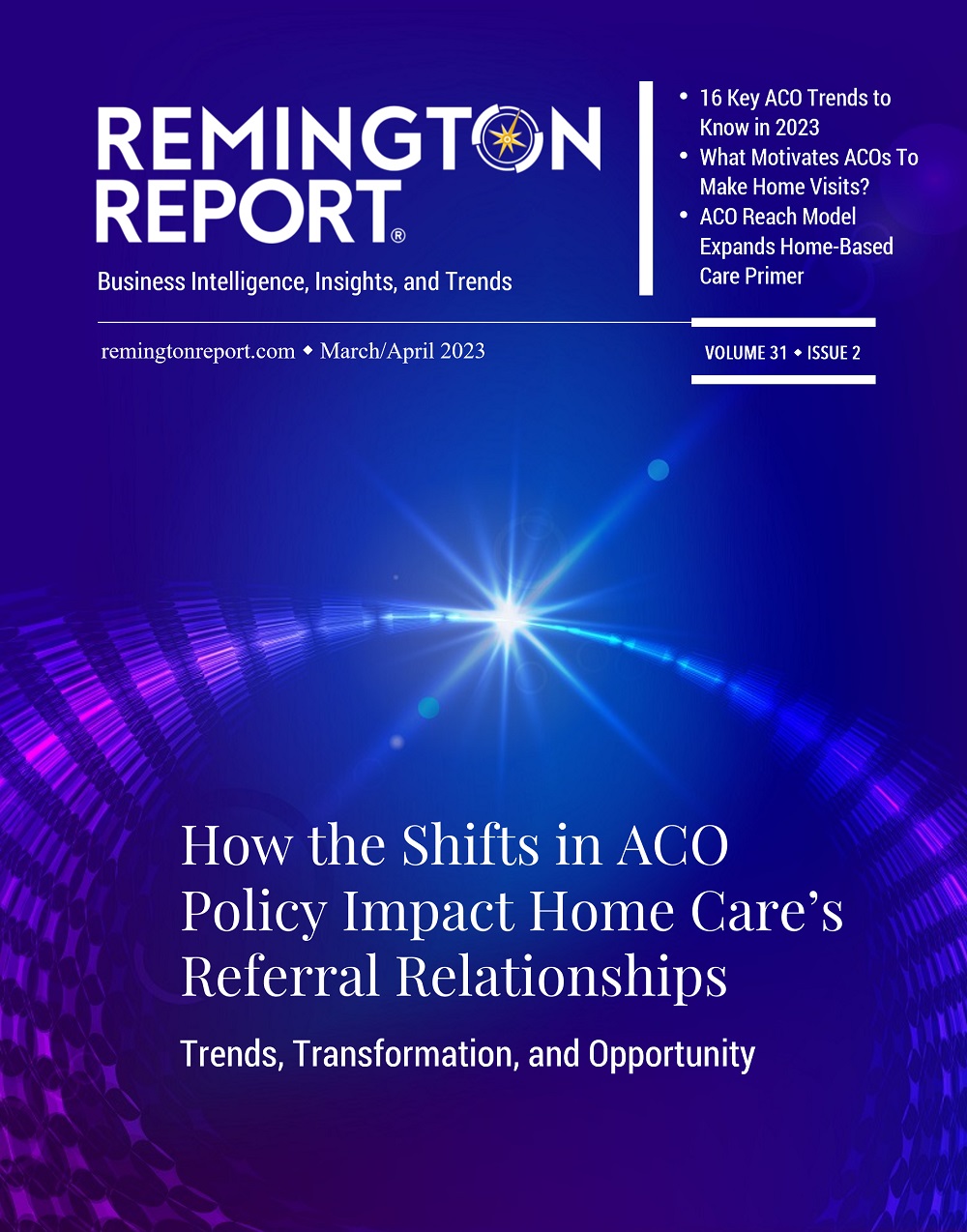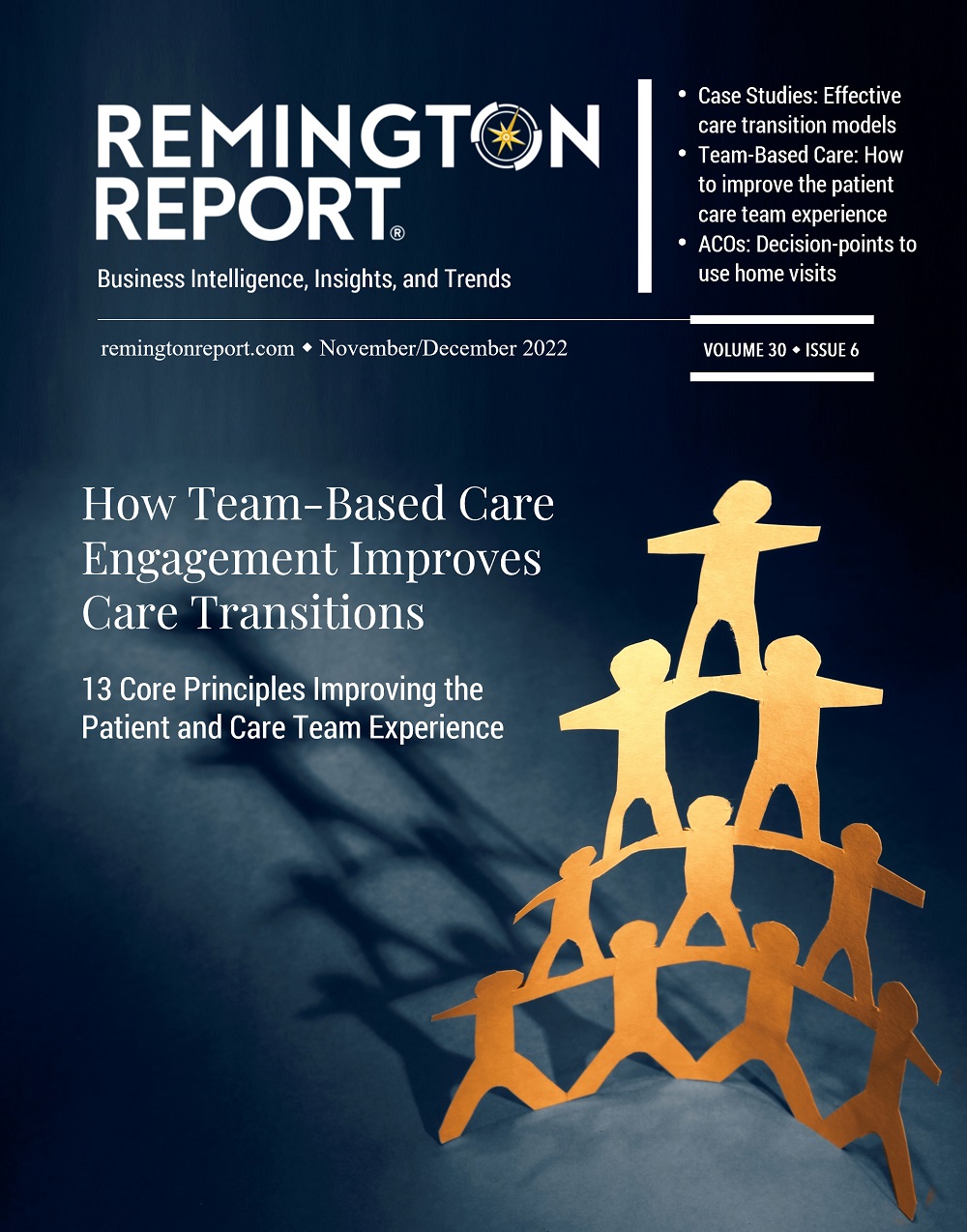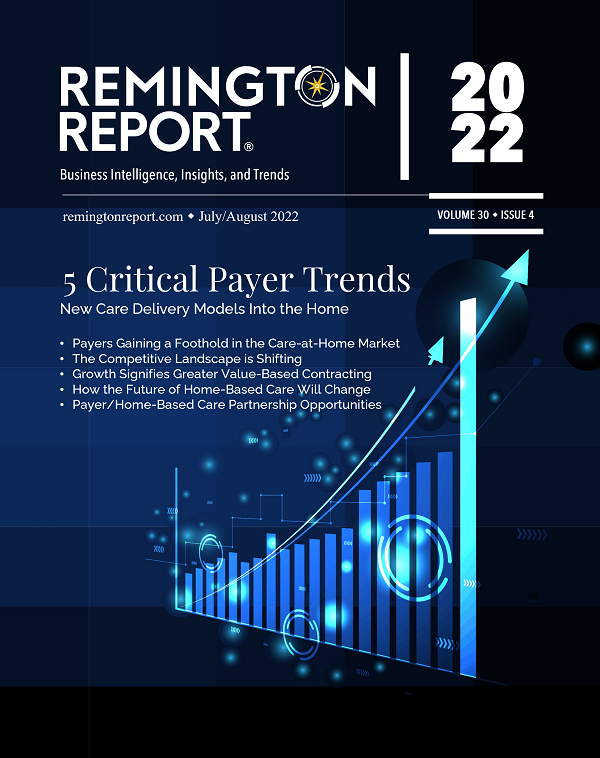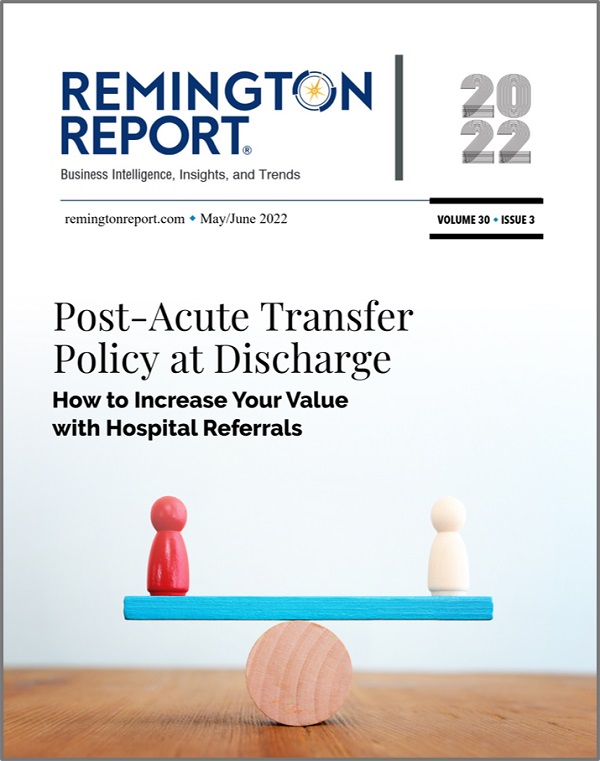A recent study in the New England Journal of Medicine by Partners HealthCare System examines community-based linkages to population health.
The increasing emphasis on improving health outcomes and controlling healthcare costs puts pressure on U.S. healthcare systems to deliver value. One essential strategy for improving population health is linking the delivery system, the community, and the patient in an integrated effort.
Although complex interactions between neighborhood-level determinants of health and individual patient characteristics occur primarily outside the delivery system, they have a profound effect on how patients interact with the system and ultimately on the quality of the care they receive and their health outcomes. The likelihood of hospital readmissions, for example, depends more on characteristics of individual patients and the surrounding community than on features of the discharging hospital.
Community-Based Performance Measures
A promising approach to achieving this linkage is community-based performance measurement – reporting and acting on clinical performance measures at the community level, rather than at the level of delivery-system units such as hospitals or physicians. Using this measurement approach, a delivery system can gain a better sense of where its patient population clusters within communities and how their environment affects their health outcomes. The strategy for addressing patients’ needs follows from these analyses; it entails identification of patients residing in communities where quality of care and outcomes are notably unsatisfactory, identification of promising approaches for patients in those communities, and integration of these approaches into the care plans of patients from those communities who receive their care in the health system.
The first step requires both an operational definition of community and a robust infrastructure for data analysis. Census tracts, small geographic areas of approximately 4000 people, are often used to define “communities” because of their correlation with some known health indicators such as asthma. A robust data-analysis infrastructure, including an advanced electronic health record (EHR), can facilitate measurement of quality of care and outcomes for the delivery system’s patient population according to their community of residence as determined with geocoding techniques.
“Using the patient population cared for by an integrated physician group practice in eastern Massachusetts, we have measured variation in patient outcomes among communities rather than among clinics and physicians, allowing identification of “hot-spot” communities where clinical performance is low or disease burden is particularly high.”
Positive Outliers
The second step involves targeting “positive outliers” in these hot-spot communities – patients cared for in the delivery system who have achieved good outcomes, and particularly those with historically poor outcomes who have had recent improvements, such as patients who were obese but have reduced their body-mass index over the previous year. This model can be readily extended to other ambulatory conditions, such as hypertension, or to the targeting of hospital readmissions.
Once positive outliers have been identified, strategies can be identified for achieving success. To address obesity, for instance, we recruited positive-outlier patients to collaborate with primary care leaders in a qualitative exploration of community-specific strategies for weight management. Such efforts may involve identifying local community resources (healthy food options or safe, open recreational spaces), outlining strategies for behavior change and goal setting, or identifying ways to obtain peer support. The goal is to create an operational toolkit specific to a given community.
Patient Care Plans
The third step is integrating these approaches into patients’ care plans. We are testing a toolkit of success strategies for obesity that will be delivered to primary care pediatricians through an integrated EHR. Pediatricians caring for an obese patient who resides in a targeted community will receive decision support within the EHR, encouraging referrals to population health managers equipped with information on appropriate strategies for addressing obesity in that patient’s community. The resulting care plans are documented in the EHR and approved by the pediatrician.
In another such initiative, called the HealtheRx program, student workers map community resources on Chicago’s South Side by walking each street in the neighborhood and cataloguing all available community resources; then “community health information specialists” embedded in clinics provide resource information to patients. Similarly, the Massachusetts Department of Public Health will use a State Innovation Model award from the Centers for Medicare and Medicaid Services to create a bidirectional electronic referral program to link healthcare systems with community-based programs in several targeted communities. Our approach allows for systematic analyses of communities throughout the state and targeted identification of successful strategies used by positive outliers to facilitate rapid scale-up and spread of such community-clinic linkage programs.
There are many other potential uses of this measurement strategy. For example, community-based performance measurement can identify groups of patients from similar or the same neighborhoods who could be invited to participate in group visits that facilitate shared learning between positive outliers and patients who are struggling to control their diseases.
We’re not suggesting that delivery systems morph into public health agencies and take responsibility for the health of entire communities or that they create entirely new programs to combat social determinants of poor health such as poverty. Our approach improves our understanding of the broader circumstances within which we deliver care and leverages successful approaches that our patients have already identified. It also provides a potentially powerful tool for addressing socioeconomic disparities in health outcomes by focusing not just on differences in race, income, or education, but on the context within which patients struggle to achieve healthy outcomes.
This approach will probably be most successful in large, integrated systems with large enough patient populations to permit exploration of community-level variation in performance. Smaller delivery systems might collaborate with payers to obtain more robust data, particularly for the denominators used in identifying hot-spot communities. The formation of accountable care organizations may well facilitate identification of larger patient populations, as various components of the healthcare system begin to collaborate on managing the care of larger populations. In addition, delivery systems will have to consider the most useful way to define communities in their catchment area. We have focused on census tracts, but others may choose smaller census-block groups or other definitions designed to meet the needs of their particular communities.
Beyond the conceptual and data challenges, a well-defined operational infrastructure in which financing is aligned with this approach is a prerequisite for its successful implementation. Community-based performance improvement requires a well-defined team structure such as that of a patient-centered medical home, where nurse practitioners and physician assistants or population managers can intervene using innovative, non-visit-based approaches. Payment structures that reward value-driven care models that seek to improve health outcomes and limit waste, rather than focusing solely on office-visit volume, will provide the foundation for sustaining our approach. Many delivery systems and payers have put these core components in place, and we expect that trend to continue.
Integrating our approach into clinics’ care models also presents sustainability challenges. It may be difficult to gain a delivery system’s buy-in to the concept of addressing factors that have historically been considered outside medicine’s zone of influence or responsibility. Gaining the support of frontline clinicians for referring their patients to community-based resources will also require a continuous process for ensuring that such resources are both reliable and safe. Health systems will have to determine the appropriate intervals for updating information on those resources, identifying positive outliers, and conducting focus groups.
We believe it’s time for delivery systems to adopt strategies that increase our awareness of the community-based challenges our patients face in achieving good health outcomes and to offer care plans that confront those challenges. Our approach and other similar efforts probably won’t provide a complete solution, but we’re confident that more thoughtful performance-measurement paradigms can support the exploration and implementation of programs to ensure healthy outcomes for all our patients.

Lisa Remington is widely recognized as one of the foremost futurists in the home care industry, focusing on healthcare trends and disruptive innovation. She serves as the president and publisher of the Remington Report magazine and is also the President of Remington’s Think Tank Strategy Institute. Lisa provides strategic advice and education to over 10,000 organizations, assisting them in developing transformative strategies for growth and their future implications. She closely monitors complex trends and forces of change to develop effective strategic approaches.









